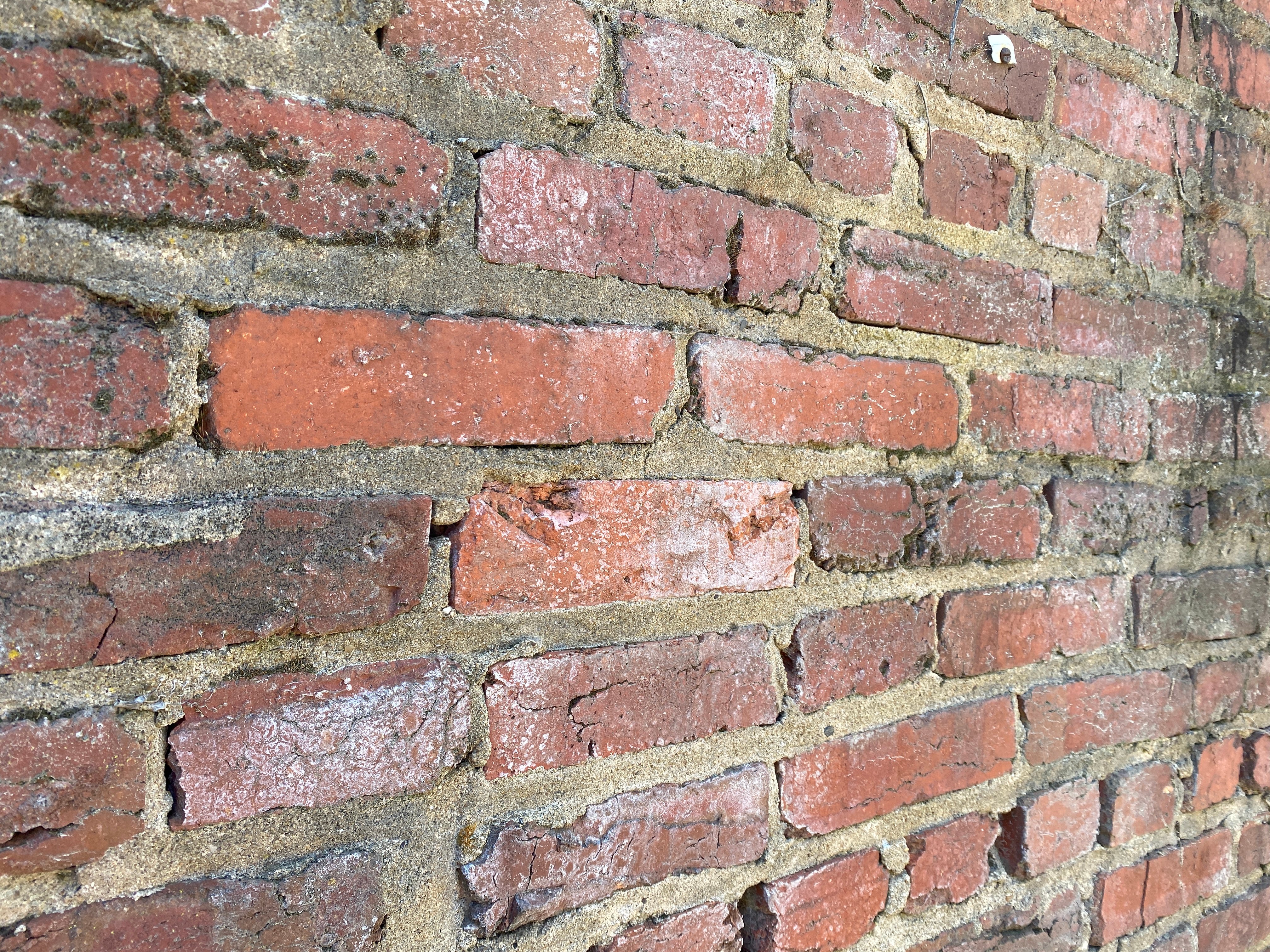If you own a historic brick home, can you do anything about old brick patched with modern materials? Here are some ideas.
Historic brick buildings appeal to a special kind of owner who understands the need to preserve these architectural masterpieces for generations to come. Unfortunately, previous owners may have misunderstood the importance of regular inspections and maintenance or hired an inexperienced contractor who chose modern products instead of historically correct techniques and materials. Still, other owners may have taken the do-it-yourself route, using materials incompatible with the brick-and-mortar used to build 18th, 19th, and early 20th-century homes.
Determine Where the Faults Are
The first step for purchasing or inheriting a historic brick home is hiring a professional to inspect it. It is common to find modern materials, such as Portland cement, silicone caulking, and even spray foam, that has been used to repair mortar. In addition, it is common to see modern bricks stuck among historic brick for spot repairs where an original brick was chipped, cracked, or damaged.
While many contractors have masonry expertise, they typically use modern brick and materials. As a result, they may excel at modern tuckpointing and brick repair or replacement. However, only historic experts can access expert craftspeople and original materials to address issues that are unique to brick homes built in the 18th, 19th, and early 20th centuries.
What Is the Problem with New Materials?
In order to understand the importance of correct materials, it is best to start by explaining a brick home’s construction. For example, new brick construction is built on a foundation with a support structure that helps the brick maintain its integrity over time. With historic brick buildings, the bricks are the structure. If the wrong methods and materials are used, the building’s structure can be compromised, leading to expensive repairs.
Using Portland cement may seem like a good idea—it's touted as being stronger because it is harder. However, therein lies the problem as a patching material for old brickwork. The hardness and density of modern materials don’t allow older, more porous bricks to expand and contract as they can with a traditional mix of lime-based mortar. Traditional lime-based mortar is low in compressive strength, meaning it holds together under the weight of the bricks above it without flattening. In addition, its ability to breathe—letting water wick through—protects your historic brick. By working with the structure to ensure moisture doesn't get trapped in the brick, your bricks are less prone to efflorescence, cracking, and spalling. Modern materials do not do this.
Correct Problems the Right Way
Only expert craftspeople using traditional methods and materials can protect your home's structural integrity and beauty. With access to historical materials, severely damaged bricks can be removed and replaced with bricks from the same period. Since they will have the same chemical and structural composition, there is no concern the materials will not work together.
Traditional methods may take a bit longer, as the delicate repairs are done slowly by hand so as not to damage the original brick. However, its impact on structural integrity and curb appeal are well worth the effort. Your historic building will last another lifetime with the correct materials and techniques.
Contact Renaissance Development today to schedule an expert inspection of your home's historic brick exterior.





